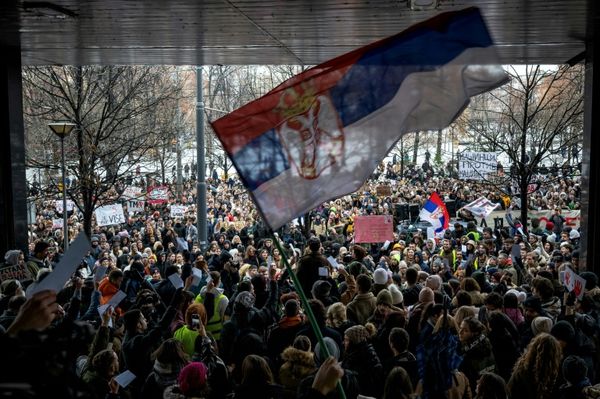
The ECI also informed that if the prototype satisfies the stakeholders, domestic migrant workers will not have to travel to their hometown to register their votes.
Election Commission (EC) officials said RVMs will be developed as "a robust, failproof and efficient stand-alone system" based on existing electronic voting machines and will not be connected to the internet.
According to reports, the ECI is undertaking this major move to increase voter participation. "After focus on youth and urban apathy, remote voting will be a transformational initiative for strengthening participation in electoral democracy," Chief Election Commissioner (CEC) Rajiv Kumar said.
"Many a times migrants are reluctant to get themselves enrolled at their place of work for various reasons such as frequently changing residences, not enough social and emotional connect with the issues of area of migration, unwillingness to get their name deleted in an electoral roll of their home or native constituencies as they have permanent residence or property," the poll panel said.
Here are the big facts about the new voting system
-The multi-constituency remote EVM, developed by a public sector undertaking, can handle up to 72 constituencies from a single remote polling booth, the statement issued by the poll watchdog said.
-The ECI "has now explored the option of using a modified version of the time-tested model of M3 (Mark 3) EVMs to enable voting at remote polling stations -- polling stations outside home constituency, for domestic migrants," the statement said.
-Elaborating on the concept note, the EC said it has invited all eight recognised national and 57 state political parties on January 16 to demonstrate the functioning of the multi-constituency prototype RVM. Members of the commission's Technical Expert Committee will also be present.
-The commission has also solicited written views of recognised political parties by January 31 on various related issues, including changes required in legislation, changes in administrative procedures and voting method for domestic migrants.
-The concept note also highlights the challenges of defining domestic migrants, enumerating remote voters and implementation of the Model Code of Conduct at remote polling booths in other states.
-Ensuring secrecy of voting, facility of polling agents for identification of voters and process and method of remote voting and counting of votes, are among the other issues identified by the note.
-The Representation of the People Act, 1950 and 1951, The Conduct of Election Rules, 1961, and The Registration of Electors Rules, 1960, will need to be amended to introduce remote voting, the statement said.
-The method of remote voting, familiarity of voters with the methods and the RVM technology, counting of votes cast at remote booths and their transmission to the returning officer located in other state or states also requires deliberations.
Why we need RVM?
Though there is no central database available for migration within the country, the analysis of available data in the public domain points to work, marriage and education-related migration as important components of domestic migration.
"Out-migration" is predominant among the rural population in overall domestic migration and around 85% of the internal migration is within states, the commission noted.
Soon after assuming office as CEC, Kumar’s learning of domestic migration issues first hand from his trek to Dumak village in Uttarakhand's Chamoli district focused his attention on enabling the migrant voters to exercise their franchise from their current place of residence, the statement said.







